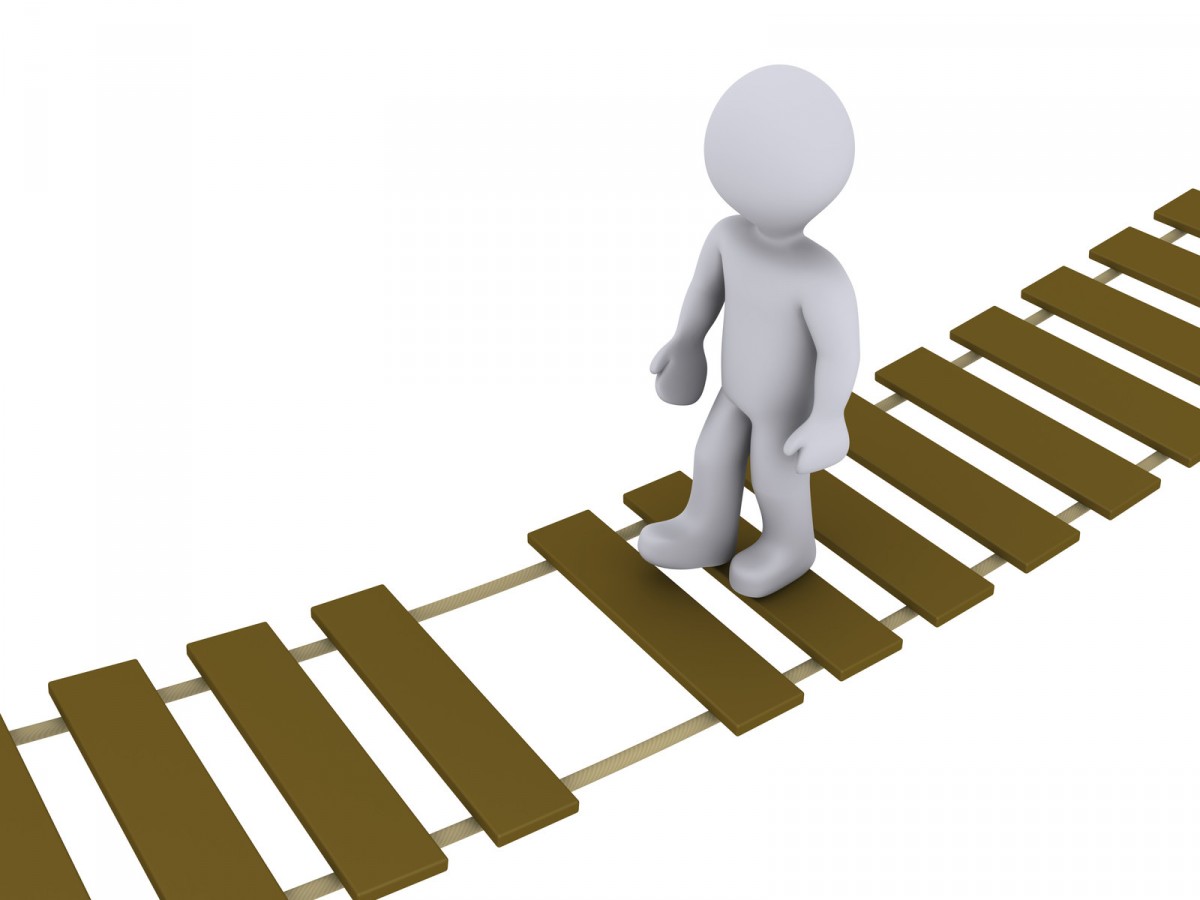17 June 2014
As researchers, we move from inquiry to conclusion in a four-step process. Below, we give you three of those steps. What do you think is missing?
- Gather all available information on the subject, carefully documenting each individual assertion.
- Correlate all pieces of evidence against each other, contrasting and comparing in order to define substantive patterns.
- Make a reliable decision based upon a skillful weighing of all evidence—recognizing that the whole is usually greater than the mere sum of its parts.
PHOTO CREDIT: CanStockPhoto.com, Image csp8833871, used under license.
2nd phase of gathering evidence
I add 1a), a log of what sort of documentation was not found, such as a land-purchase deed where a normal run of deeds exists. This is a conscious check on information-gathering thoroughness and whether further searching is needed -- such as searching for wills of relatives, for subsequent court records and for other data that could explain an information gap or fill in a gap.
2. Evaluate each piece of information as to its quality as evidence. Factors include whether an identified informant could have had first-hand information, whether a document such as a will or deed was an original or first-generation copy, and whether a source of a written assertion can be determined. Such factors are crucial to evaluating data when there are conflicts, including whether there may be mistakes in an original or copy.
Jade, clearly, you are a
Jade, clearly, you are a first-class researcher, cautious and thorough at every step. Your 1a is essential, of course. Identifying every source searched, even those that produce negative results, should be part of every research report-- together with an identification of exactly what was sought in that source and any shortcoming we might have observed in the source. While EE would not actually consider it a different step, because it's one of many "best practices" to apply in Step 1, it is a point critical to sound research.
As for your point 2: No quibbles, no caveats. You bingoed.
Using Evidence: A Four-Step Process
So what is EE's Missing Step 2?
2. Select reliable evidence by analyzing each piece of information for credibility and relevance to the issue at hand.
Jade's Point 2 nailed it. So did Debra and Karin at our Facebook page. If this were Samford University's notorious Advanced Research Methodology class, all three would earn the 5¢ Hershey Bar award.
2d phase
Humblest thanks for the kind words.
Maybe with today's tech one could print some of those 5-cent bars.